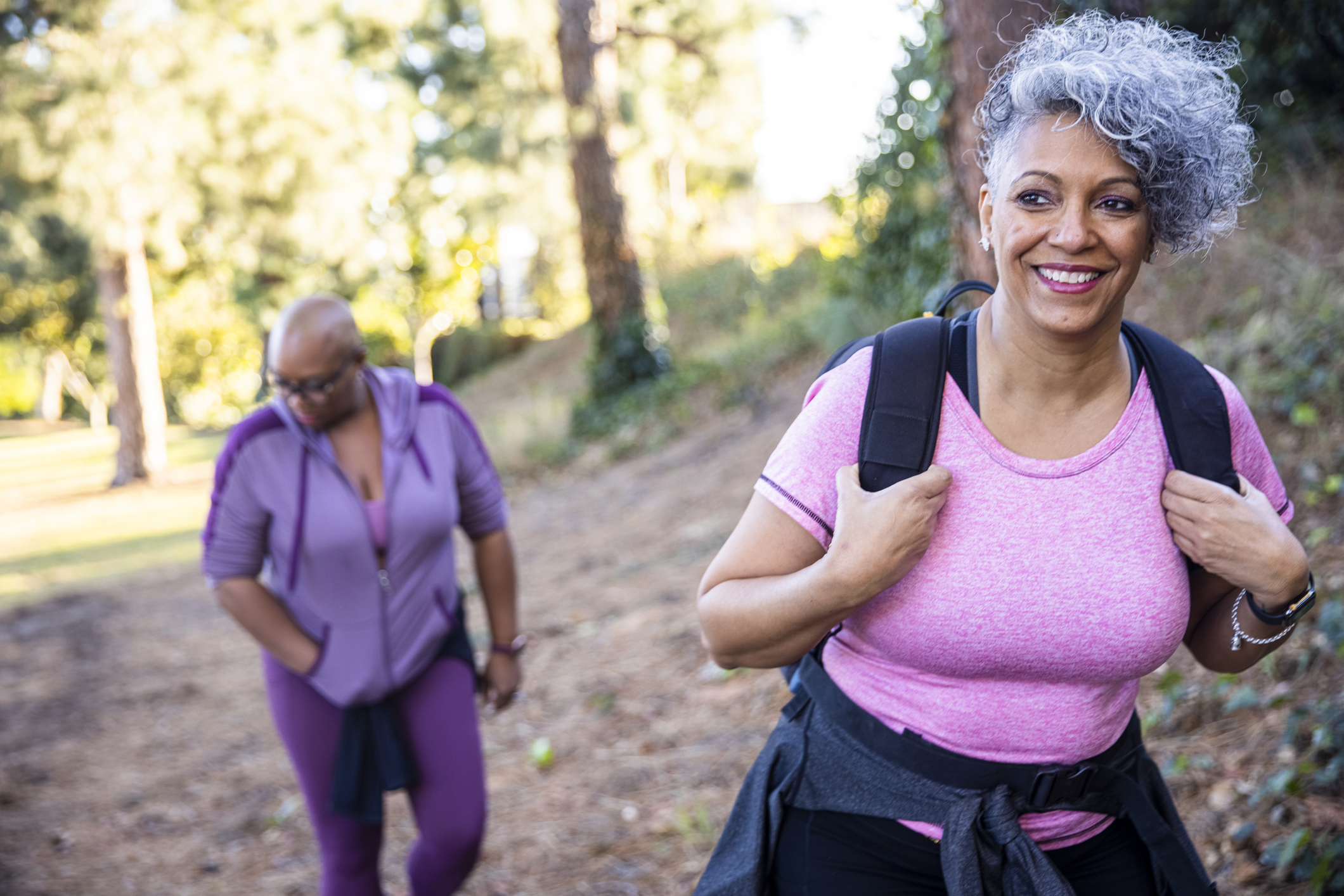

If you’re living with type 2 diabetes, you know that controlling blood sugar is everything. And you also know that diet and lifestyle choices are crucial to keeping blood sugar under control.
Studies have shown that “exercise snacking,” that is, getting your exercise in a little at a time throughout the day, rather than in one marathon session, is better at controlling blood sugar than one marathon session.
But there’s one more consideration anyone with diabetes needs to consider to get the best workout for better blood sugar control…
And that’s the time of day they exercise…
Afternoon workouts are best for blood sugar control
Researchers from Brigham and Women’s Hospital and the Joslin Diabetes Center, both affiliated with Harvard Medical School, took a look at whether physical activity at certain times of day was associated with greater improvement in blood glucose control.
They used data from the first and fourth years of the Look AHEAD study, a ten-year study that looked at weight gain among patients with type 2 diabetes.
The researchers analyzed physical activity data from the first and fourth years of the Look AHEAD study, which included data from over 2,400 participants.
Upon examining data from year one, they saw that patients who engaged in moderate-to-vigorous physical activity in the afternoon had the greatest reduction in glucose levels.
When they compared this with data from year four, the group who exercised in the afternoon maintained a reduction in blood glucose levels.
In addition, the group who exercised in the afternoon also had the highest chance of completely stopping their glucose-lowering medications.
Be picky about what type of exercise you choose
Some exercises can have the opposite effect, making it harder to control blood sugar, like heavy weightlifting, sprints, HIIT and competitive sports. These cause the body to produce stress hormones (such as adrenaline).
Adrenaline raises blood glucose levels by stimulating your liver to release glucose. Exercise that’s too hard also makes it harder for your muscles to use insulin.
You’re better off choosing moderate-intensity workouts, doing sit-ups, push-ups and resistance exercises — like weight training with light weights. According to experts, more muscle mass helps the body better handle blood sugar. That’s because working muscle first uses stored sugars and then blood sugars for energy.
Hiking is also a good recommendation because, during longer exercise, muscles take up more glucose.
And if you need another good reason for working out later in the day, here’s more…
Not only does the research we’ve discussed here make it a good choice, but the natural rise in blood glucose that occurs between about 4:00 and 8:00 a.m. (known as the ‘dawn phenomenon’), can send your glucose levels even higher.
Remember, exercise gets harder the less you do, so find something you enjoy that works well for keeping your blood sugar in check — and stick with it.
Never stop taking any medication without consulting with your physician.
Source:
Afternoon exercise linked with greater improvements in blood sugar levels for patients with type 2 diabetes — Eureka Alert
Association of Timing of Moderate-to-Vigorous Physical Activity With Changes in Glycemic Control Over 4 Years in Adults With Type 2 Diabetes From the Look AHEAD Trial — Diabetes Care
Why Does Exercise Sometimes Raise Blood Glucose (Blood Sugar)? — The American Diabetes Association
Exercise and Type 2 diabetes — WebMD

